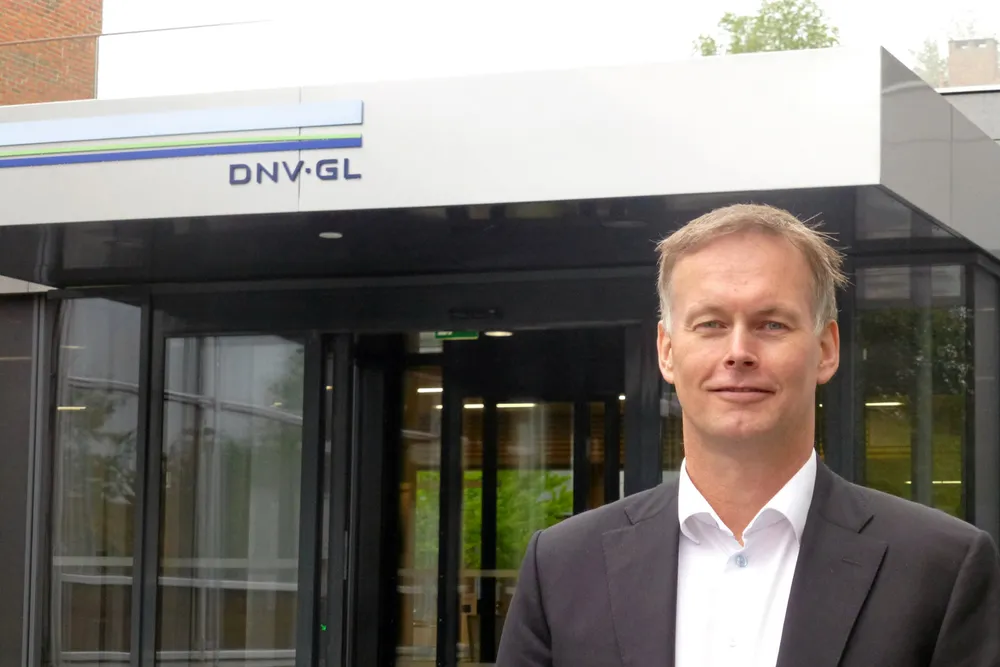Equinor and DNV to develop CO2 leak simulation software for CCS
The three-year partnership will look at where concentrated carbon dioxide moves after accidental leaks

The three-year partnership will look at where concentrated carbon dioxide moves after accidental leaks
